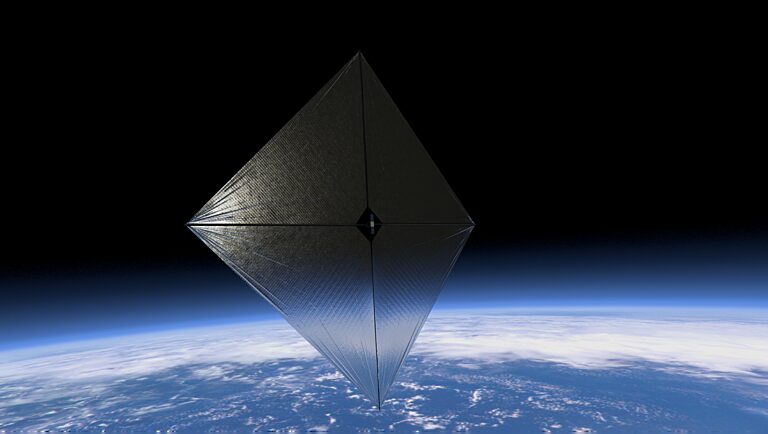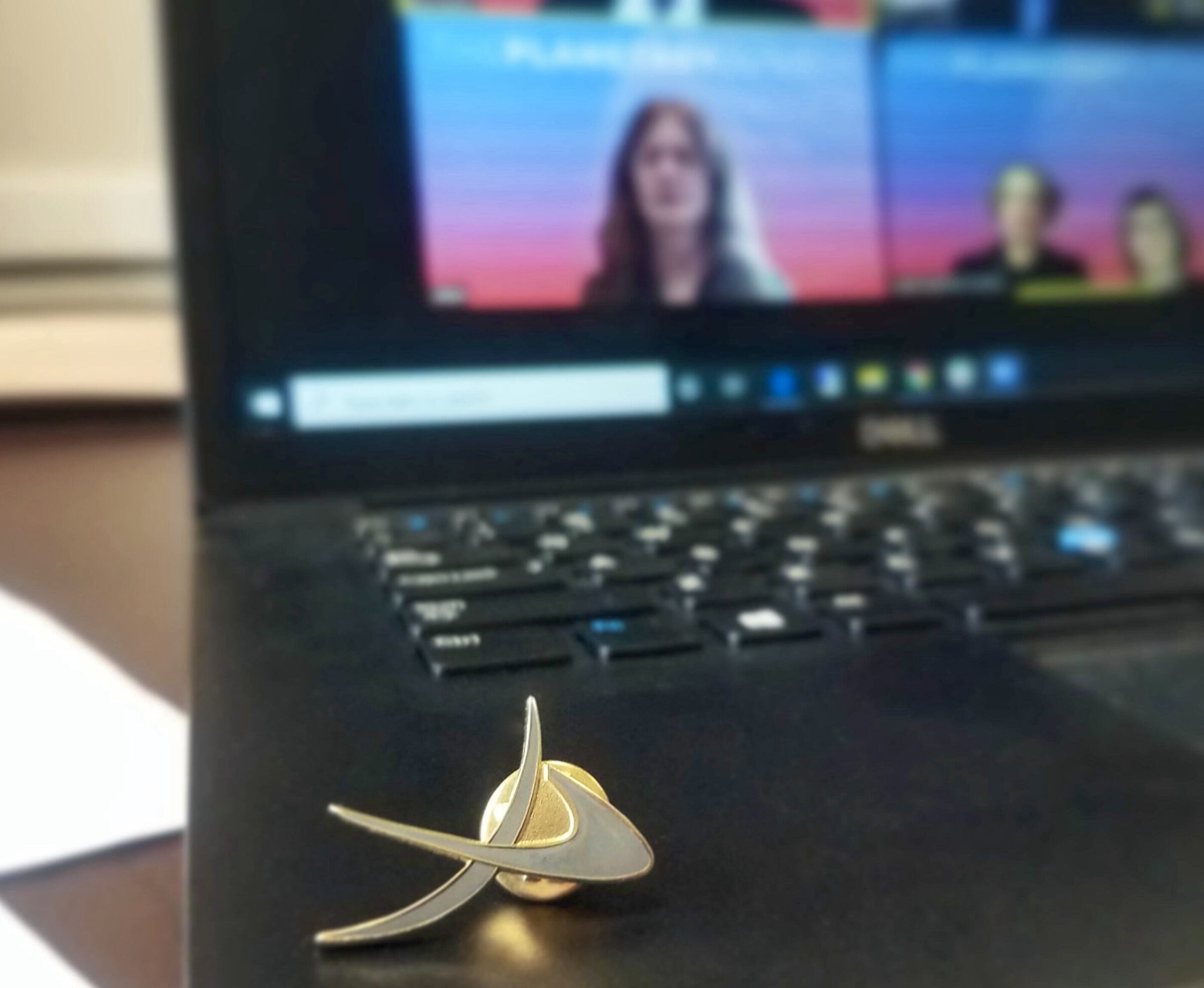2021 Impact Report
In 2021 The Planetary Society accomplished a great deal with the support of our 50,000+ members.
Space teaches us that difficult challenges bring out the best in us. By having to find new ways to do familiar things because of the pandemic, we’ve learned how to better connect with all of our members and supporters around this planet of ours, and we’re a stronger Society because of it.
Below are some of the highlights of a remarkable year of advocacy, education, innovation, and international collaboration, all made possible through the support of members.
INNOVATION
LightSail 2
Sailing On
More than two years after launching, The Planetary Society’s crowdfunded LightSail 2 spacecraft is still going strong in orbit. The operations team is working to improve performance and to learn more about solar sailing, the spacecraft and its evolution.
LightSail 2 is still taking pictures, producing stunning images of the sail in front of Earth while gathering and sharing information about the evolution of the sail over time.
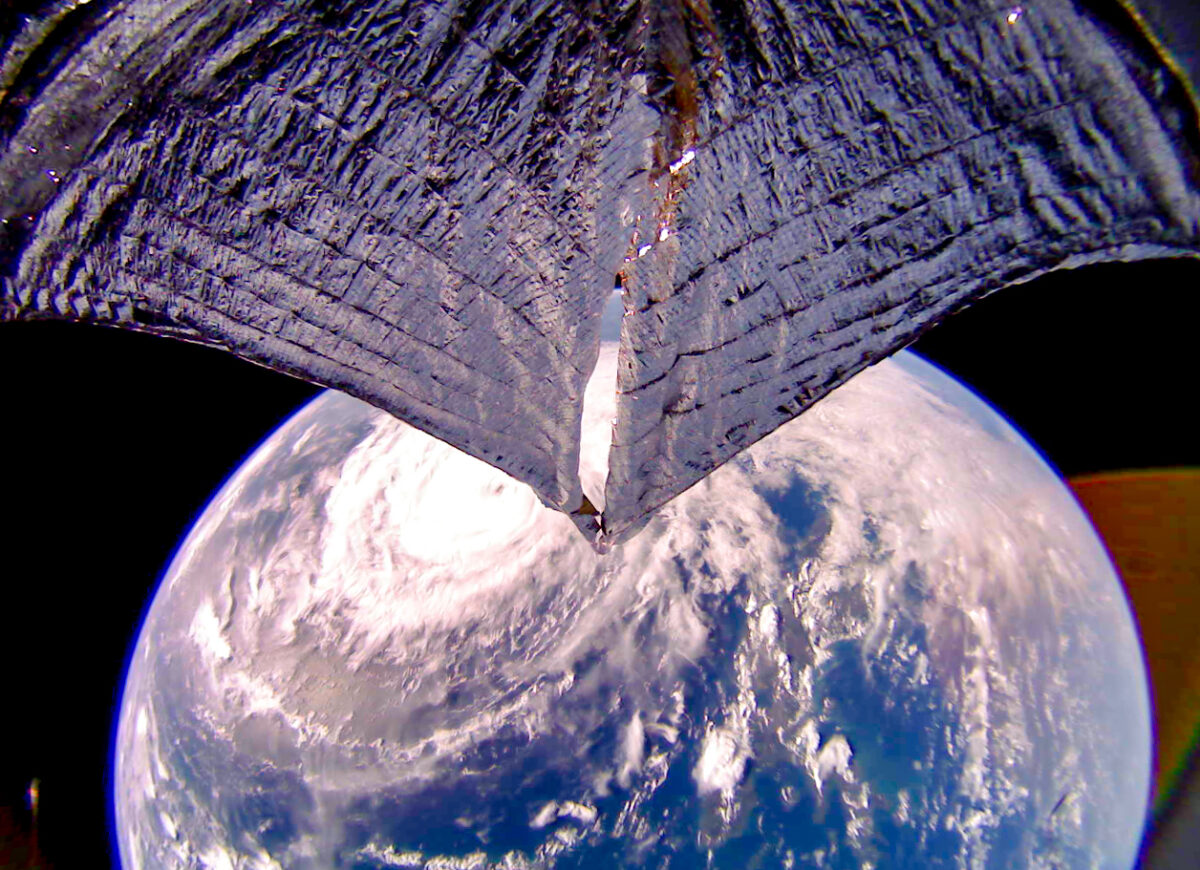
Paving the Way Forward
The member-funded LightSail 2 mission hasn’t only succeeded by successfully demonstrating controlled solar sailing for CubeSats: Three new NASA missions will build on LightSail 2’s legacy. The first is NEA Scout, which will use a solar sail to visit a near-Earth asteroid. NASA has also greenlit Solar Cruiser, a mission launching in 2025 to test a giant sail measuring 1,650 square meters (17,800 square feet) at an artificial orbit between Earth and the Sun. A third mission called ACS3, short for Advanced Composite Solar Sail System, will test a new type of sail boom in Earth orbit.
Our chief scientist Bruce Betts recently gave a presentation about LightSail 2 to NASA solar sail mission teams, helping advance our goal to communicate the results of this mission to the technical community to feed forward what we’ve learned.
A Big STEP Forward
In February, we announced an exciting new chapter of our science and technology program: The Planetary Society’s Science and Technology Empowered by the Public (STEP) grants.
Building on the success of our crowdfunded LightSail mission, the STEP grant program will invest in innovative projects selected internationally through an open, competitive proposal process occurring every 2 years.
We’re calling on the brightest minds from around the world to find the next exciting developments in space science and technology, which we’ll support with the help of members like you.
Sights and Sounds on Mars
After 25 years of advocating for a Mars microphone and flying our own microphone on the failed Mars Polar Lander, we were delighted to hear the first sounds recorded from another planet using the microphones aboard NASA’s Perseverance rover.
And as the rover’s Mastcam-Z camera instrument got ready to image Mars, it calibrated its camera using a target designed with the help of The Planetary Society that includes a motto, graphics, and a sundial.
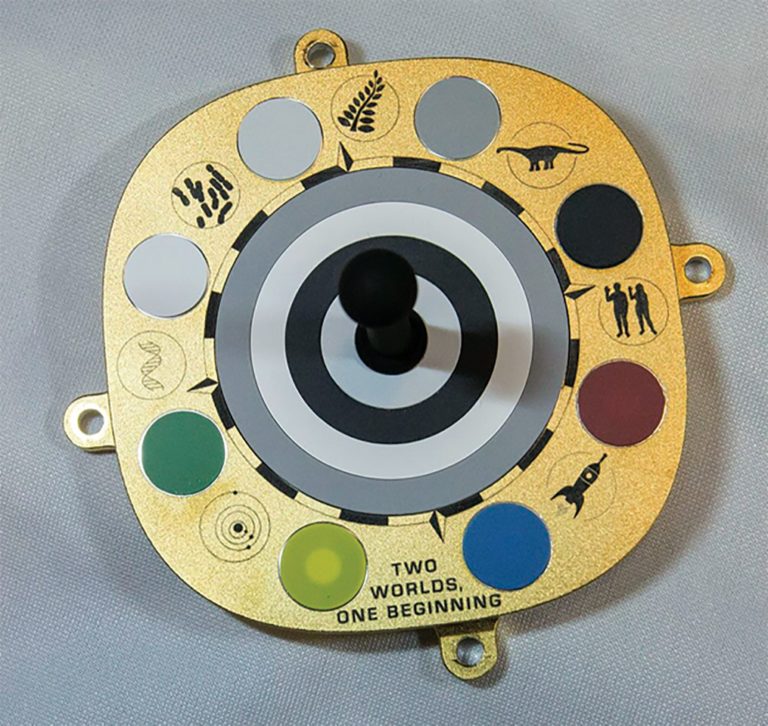
Funding Asteroid Hunters
Members and donors around the world came together this year to support our Shoemaker Near-Earth Object Grant program. These grants fund astronomers who are scanning the sky for potentially dangerous asteroids.
Through this crowdfunding effort, we were able to raise $91,000 for equipment upgrades for these planetary defenders who spend countless hours working to find, track and characterize near-Earth objects.
ADVOCACY
Advocating for Space in Washington, D.C.
As a nonpartisan, nonprofit organization, The Planetary Society is committed to working with every U.S. presidential administration to advance our core enterprises: planetary exploration, the search for life, and planetary defense.
As President Biden’s administration got to work, we made sure that they knew what needs to be done to advance these important endeavors.
In February, we shared a video of Bill Nye delivering an open letter to President Biden stating the position of The Planetary Society and the 50,000 members we represent, urging Biden to invest in space science and exploration. We’re looking forward to working together with Biden and his team to make the next 4 years as productive as possible toward the goal of knowing the cosmos and our place within it.
The Day of Action
On March 31, 2021, we held our annual Day of Action, connecting Planetary Society members directly with Congress to advocate for space. This year, because of the ongoing pandemic, we did things a little differently, setting up virtual meetings between 145 members and their congressional representatives and staffers.
Our priorities included a renewed commitment to NASA’s science missions, the continuation of the Artemis program to send humans to the Moon and on to Mars, and support for the NEO Surveyor mission to accelerate asteroid detection efforts.
We asked our members throughout the United States to lend their voices to the chorus, and nearly 1,000 additional messages were sent to Congress echoing these same advocacy messages. Internationally, we provided our members with advocacy talking points to share with their governments. To spread the word even further, we gave our members key advocacy messages to share on social media.
Concurrently, we submitted a statement to the government of Canada in response to its call for input on the future of the country’s space program. We advocated for increased investment in planetary science, greater support for Canada’s space science communities, and a more ambitious vision for independent Canadian missions to explore worlds. Our Canadian members also wrote letters to the government in support of this message.
All in all, this year’s Day of Action had the most widespread participation we’ve ever seen. With the support of members like you, we’re looking forward to doing even more next year.
Advocating for Defense
Although we're proud that our members around the world are helping to defend the planet from impacts, it’s important that the world’s governments do their part as well.
This year, The Planetary Society partnered with the University of Arizona and the office of Senator Kyrsten Sinema (D-AZ) in a virtual congressional briefing on the importance of planetary defense.
Chief advocate Casey Dreier made the case for why we need the NEO Surveillance Mission, a space telescope dedicated to finding and characterizing potentially threatening asteroids and comets.
Our ongoing advocacy on this front has proven effective; in the last 10 years, NASA’s funding for planetary defense has increased substantially, though it still accounts for less than 1% of the agency’s expenditures. More increases are needed to better defend the planet.
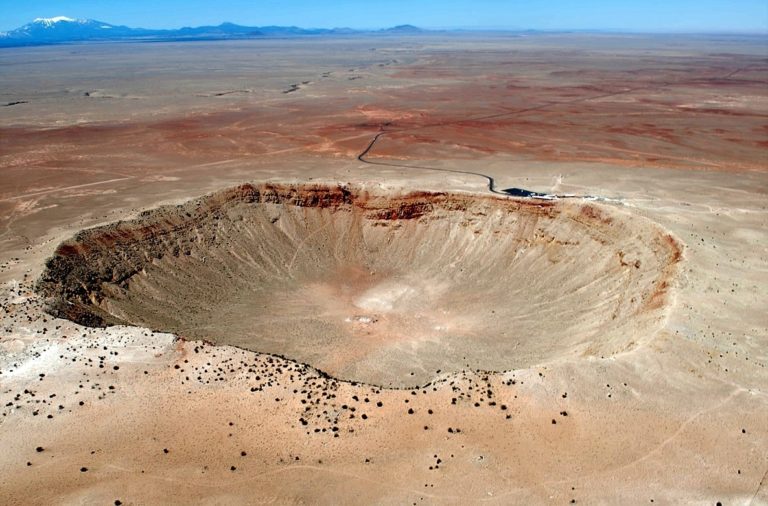
EDUCATION
Planetfest ’21
In February 2021 we organized Planetfest ’21, a two-day virtual festival celebrating the arrivals of 3 spacecraft to the planet Mars: Hope, Tianwen-1, and Perseverance.
People from around the world joined the festivities, participating in an array of educational and celebratory activities.
We were joined by JPL chief engineer Rob Manning, author Andy Weir, astronaut Jessica Watkins, Star Trek actor Kate Mulgrew, and many others. We also hosted a live broadcast of the Perseverance rover’s landing with live captioning in English, Spanish, Mandarin, Hindi, and Arabic.
We’re grateful to all who participated, and if you missed it, we invite you to check out the recordings of the events.
Beyond the Horizon
During Planetfest ’21, members joined CEO Bill Nye for our first-ever virtual fundraising gala.
In addition to being a memorable evening of storytelling about the Society’s work, members raised a remarkable $27,700 in less than an hour.
We also announced a new comprehensive campaign, Beyond the Horizon: Creating Space for Everyone, that will provide $40 million to fuel our efforts. With $16 million committed to-date thanks to our members and lead donor Taner Halicioglu’s $9 million gift, we are in a great position to meet or exceed our goal by the close of our campaign in December 2024.
Bringing LightSail 2 to You
The LightSail 2 mission was included in the FUTURES exhibition, which opened this November at the world-famous Smithsonian Institution’s Arts and Industry building. A full-scale engineering model of the spacecraft is on display as well as a quarter-scale model with sails deployed. A video also teaches guests about this groundbreaking mission made possible by members like you.
In August, we held a virtual premiere of “Sailing the Light,” a 35-minute documentary film telling the story of our members’ mighty achievement in crowdfunded spaceflight. The film shows the mission’s development, the epic nighttime launch aboard a SpaceX Falcon Heavy rocket and what it means to all the people who made this historic advancement possible.
The Downlink: A weekly space round-up for busy people
Throughout 2021 we continued to produce our popular weekly email newsletter, planetary.org/connect.
Bringing Bennu Home
NASA’s OSIRIS-REx spacecraft will soon be on its way back to Earth from asteroid Bennu, bringing a sample back to Earth. This little piece of asteroid will yield decades of research, providing new insights about the early solar system.
This mission means a lot to The Planetary Society and its members. Many of your names are aboard the spacecraft thanks to a campaign we ran in October 2014 to send a total of 442,803 names aboard the spacecraft on a microchip.
The Planetary Society also held a contest to choose a name for the asteroid, which had been called 1999 RQ36. In 2013, along with the University of Arizona and MIT, we engaged more than 8,000 students from dozens of countries around the world and ultimately selected the name “Bennu” at the suggestion of 9-year-old Mike Puzio of North Carolina, USA.

Names Sent to Ryugu and Back Again
The names Planetary Society members sent to asteroid Ryugu and back via Japan’s Hayabusa2 spacecraft survived their journey.
Hayabusa2 mission officials successfully extracted and accessed the names, which were stored on two microSD memory cards—the same type commonly used in cameras and other small electronic devices.
The Planetary Society helped Japan’s space agency collect the names in 2013 as part of our Messages From Earth program. The names were also etched into a set of baseball-sized target markers that were dropped on Ryugu to help the spacecraft navigate.
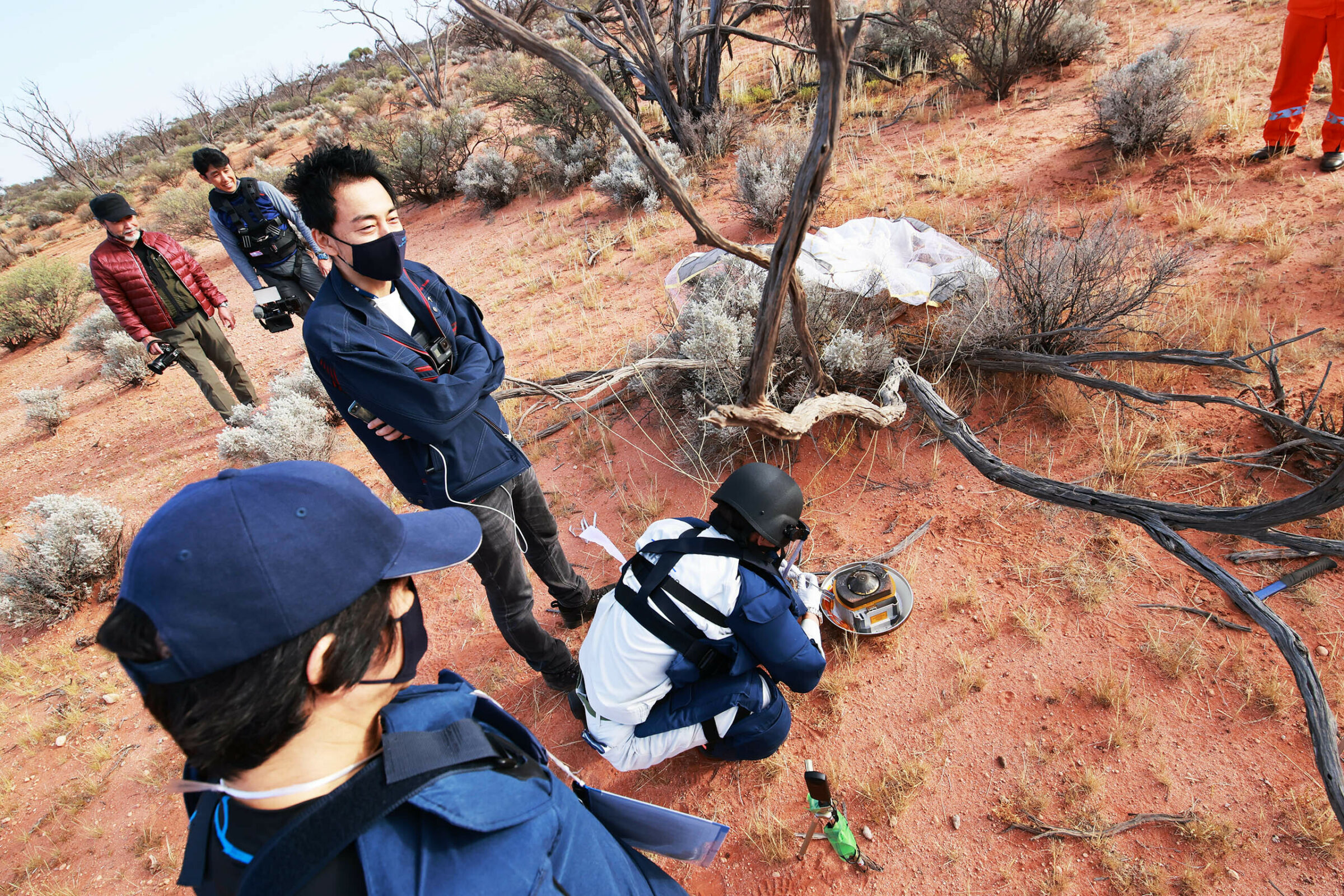
The ZED Factor Fellowship
The Planetary Society partnered with The Zed Factor Fellowship to host graduate fellow Hugo Favila this fall.
The Zed Factor Fellowship aims to empower and engage aspiring aerospace professionals from underrepresented backgrounds through hands-on, practical experiences working and contributing to the leading companies of the aerospace community. Fellows bring their unique backgrounds and perspectives, as well as technical skills, to a community that enables them to reach for the stars.

COLLABORATE
Preparing for Apophis
In 2029, a 370-meter-wide asteroid named Apophis will fly by Earth, coming as close as 31,300 kilometers (19,400 miles)—closer than most communications satellites.
In November 2020, The Planetary Society participated in Apophis T–9 Years: Knowledge Opportunities for the Science of Planetary Defense, a virtual international workshop hosted that brought together experts from many fields to plan for this event.
This once-per-thousand-years occurrence provides unique opportunities for science as well as public education and advocacy. This near pass will likely capture the attention of the public and the media, creating a unique opportunity to educate the public and policymakers about asteroid science, the actual nature of the broader asteroid threat, what is being done to reduce the threat, and pathways for improving future detection and deflection capabilities.
With 9 years to prepare, we are making sure that the Apophis flyby will be a turning point in humanity’s perspective on planetary defense.
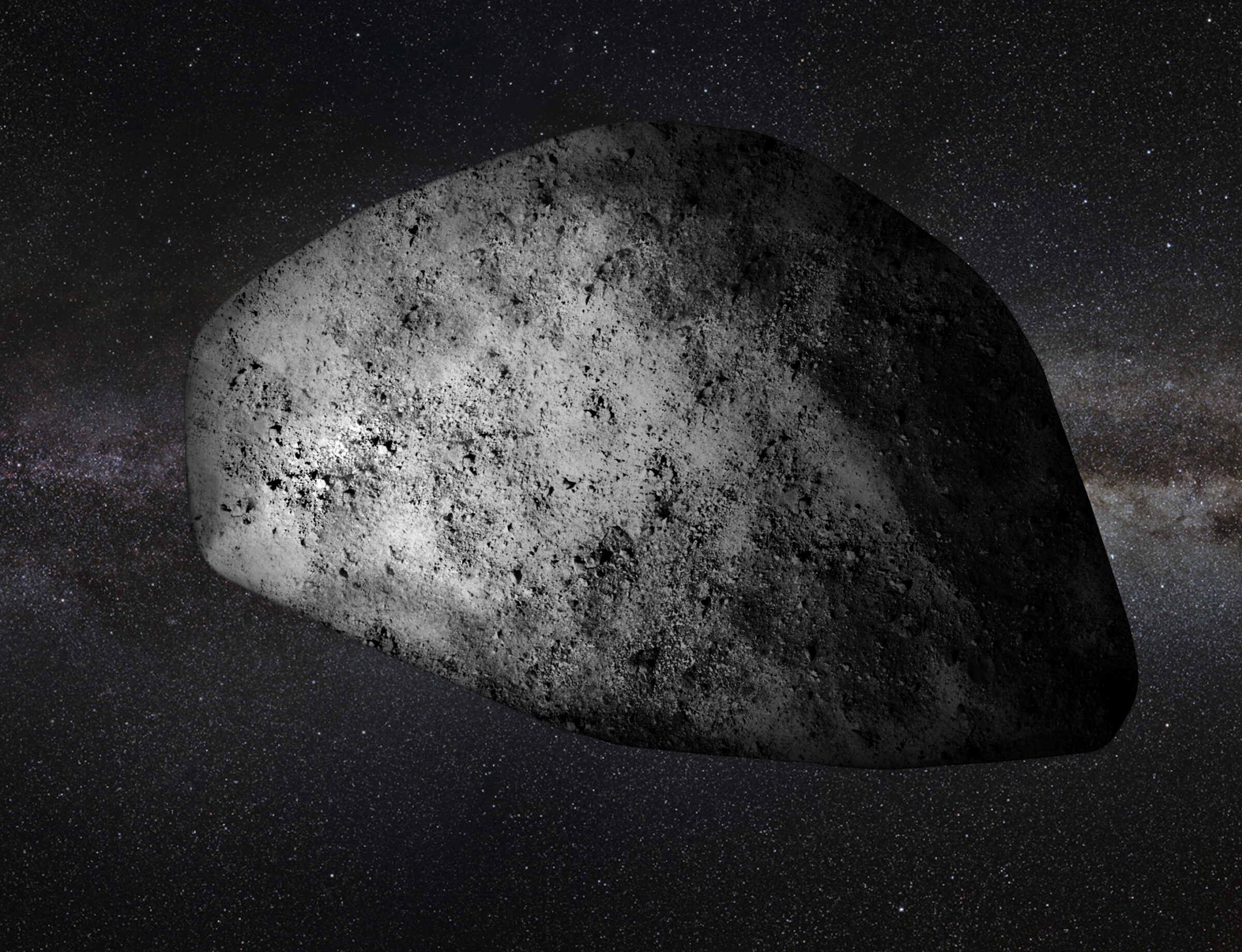
Spreading the Word About Planetary Defense
In April, planetary defense experts from around the world gathered virtually for the biennial Planetary Defense Conference.
As a primary sponsor, The Planetary Society hosted a free virtual event for the public to complement the conference’s more technical programming. Our chief scientist, Bruce Betts, and Planetary Radio host, Mat Kaplan, were joined by some of the world’s foremost experts for a discussion of the asteroid threat and the latest developments in the effort to defend our planet.
Celebrating space exploration
This year, the Society collaborated with esteemed partners to present events that engage the public to celebrate space exploration.
One highlight was Asteroid Day, an annual celebration of all things asteroid. Asteroid Day takes a balanced approach to its subject matter, highlighting both the fascinating discoveries being made about the solar system’s small bodies and the efforts that need to be taken to ensure that none of those bodies collide with our planet.
This year’s virtual event included a month-long online stream of videos about asteroid science and planetary defense, featuring a video series produced by The Planetary Society.
Sharing our expertise
This year Jennifer Vaughn, The Planetary Society's chief operating officer, was invited to share her decades of experience by contributing a chapter to the book Space Science and Public Engagement: 21st Century Perspectives and Opportunities. The chapter, called "Crowdfunding for Space Science and Public Engagement: The Planetary Society Shares Lessons Learned," aims to help other space outreach organizations benefit from the many lessons Vaughn and others at The Planetary Society have learned over the years.


 Explore Worlds
Explore Worlds Find Life
Find Life Defend Earth
Defend Earth


